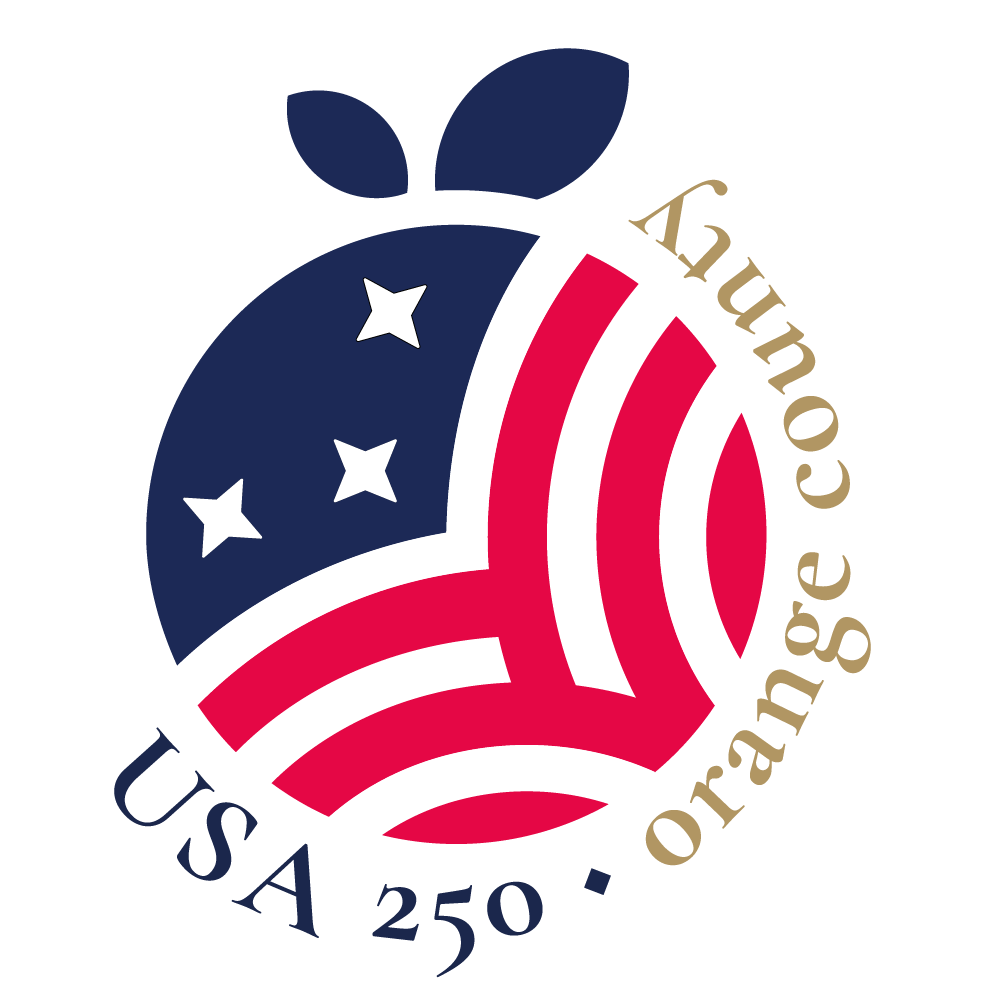
Thomas Jefferson was the third President of the United States, after having served as our country’s first Secretary of State, second Vice President, Governor of Virginia, Minister to France and more. Yet, when planning his funeral arrangements, he ordered that his marker be inscribed, “Here was buried Thomas Jefferson – Author of the Declaration of American Independence, of the Statute of Virginia for Religious Freedom, and Father of the University of Virginia.”
Nothing about his presidency, his ambassadorship to France, or doubling the size of the United States with the purchase of the Louisiana Territory under his administration. No, he explained, he wished “most to be remembered” by the three achievements to be carved on his marble memorial.
But did he really author the Declaration? Yes, he penned the first draft. Someone had to. According to John Adams, it was he who insisted that Jefferson be the one. On June 11, 1776, Adams and Jefferson had been appointed by the Continental Congress to a committee charged with drafting such a declaration. The other three members of the committee – Benjamin Franklin, Roger Sherman and Robert Livingston – agreed. It would be Jefferson.
But then there is the rest of the story. Later in life, Jefferson himself wrote that, “the object of the Declaration was not to find out new principles, or new arguments never before thought of. It was intended to be an expression of the American mind…harmonizing sentiments of the day, whether expressed in conversations in letters, printed essays or in the elementary books of public right, as Aristotle, Cicero, Locke, etc.” To these we can add Jefferson’s contemporaries, including George Mason, John Adams, Thomas Paine and others.
There is little in the Declaration that had not been written before. There are many examples, including John Locke’s statement that “Equality of men by nature is evident in itself, and beyond all question.” George Mason’s Declaration of Rights asserted “that all men are by nature equally free and independent and have certain inherent rights…namely, the enjoyment of life and liberty, with the means of acquiring and possessing property, and pursuing and obtaining happiness and safety.” But Jefferson was not a plagiarist, nor was this use of other sources unique. Liberty, equality, rights, representative government and complaints against the British government were in the air, filling public discussion throughout the colonies. At least ninety “declarations of independence” came from towns and villages in Rhode Island, Massachusetts, Maryland, and Virginia demanding independence and enumerating their grievances, incorporating similar phrases and terms.
Perhaps as important are the individual state constitutions drafted in the immediate aftermath of the Declaration, each adopting the principles of the Declaration, many using the same language, that “all men are born equally free and independent” and entitled to “certain natural, inherent and inalienable rights” of life, liberty, property, happiness and safety.
Colonists had complained for decades that their rights as Englishmen were being violated, rights that had evolved over six hundred years. These expressions were not new; nor was the language used to express them. But now it was time to act.
Congress had created other committees as it prepared not only for independence but for war: committees to draft articles of confederation, prepare treaties, issue currency, form a board of war, create an army and navy, manage Indian affairs, establish a postal system, resolve disputes among states and more. While these and other matters were being addressed, Jefferson put his quill pen to paper and began writing.
He shared the first draft with Franklin and Adams, accepting some of their suggestions. Then he shared it with Sherman and Livingston. On Friday, June 28, they presented it to Congress where it was promptly ordered “to lie on the table.” Congress had more pressing business – voting on independence itself.
Finally, with independence approved on July 2, Congress turned its attention to the Declaration. For two days, they edited, corrected and even reduced the document by nearly 25 percent. Some of the changes we might call “word smithing.” Others were significant. Jefferson, a slave-owner whose own enslaved valet, Robert Hemmings, had accompanied him to the Congress, had included in his draft a scathing renunciation of slavery. It was removed by Congress, succumbing to strong objections from Georgia and South Carolina.
Also removed was the assertion that the colonies had thrived “unassisted by the wealth or strength of Great Britain,” ignoring the fact that the British had driven the French out of North America. Congress also inserted references to God. In short, as historian Pauline Maier noted, Congress’s edits were “no hack editing job.” Rather, they eliminated “outlandish assertions,” toned down overly harsh language, more accurately reflected the views of the people and, “enhanced both its power and its eloquence.” Finally, on July 4, 1776, Congress voted.
So, was Jefferson the author of the Declaration of Independence? Or was it the committee? Or Congress itself? Or…was it America? In fact, it was all of these. But Jefferson’s skill as a thinker, a writer and patriot put it together as a reflection of “the American mind” and deserves the credit.
